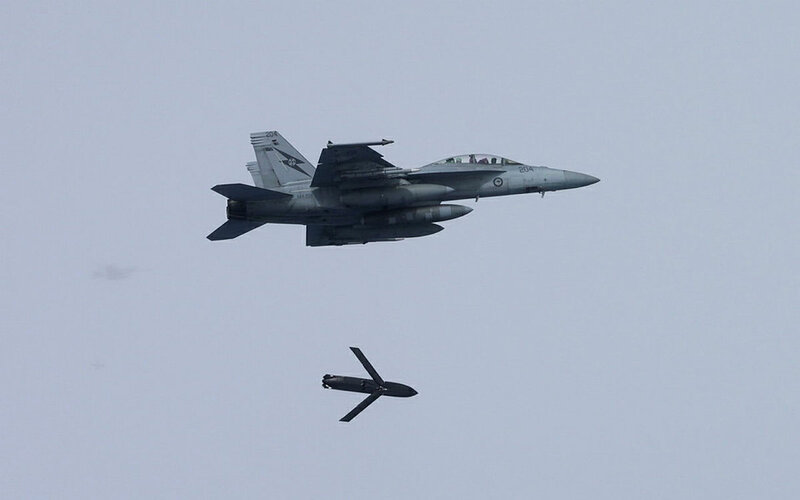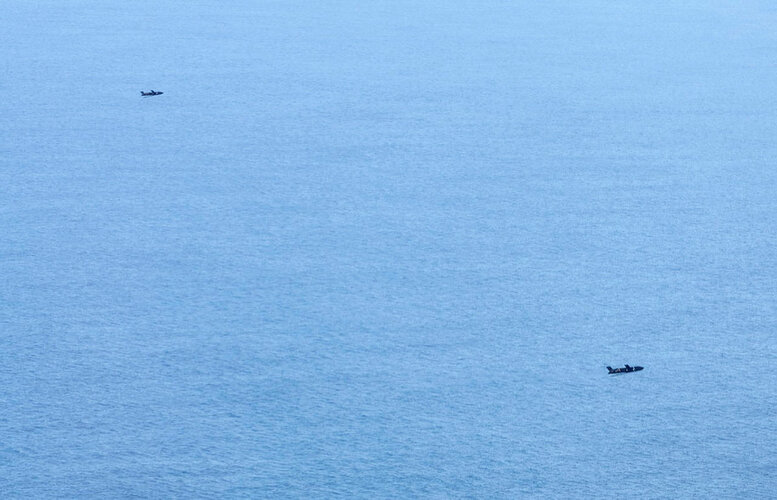Defense Updates has just put out a video concerning the P-8 Poseidon being armed with the LRASM:
Boeing, the manufacturer of the P-8, is collaborating with Lockheed Martin to integrate the Long-Range Anti-Ship Missile (LRASM) into the aircraft. Testing is currently in progress, and soon the enhanced aircraft will be available to the US Navy.
The initial modification of the fleet aircraft is anticipated to be completed by January 2025. The P-8A will be equipped with four LRASM missiles mounted under its wings, as the missile is too large to be housed in the aircraft’s weapons bay.
Jon Spore, Boeing senior business development representative for the P-8, said in a briefing with reporters during a visit to the company’s facilities in Jacksonville, Fla,“The testing is currently going well. We expect it to be done later this summer if all things continue as planned. And that’ll be yet another capability that the US Navy will have at its disposal,”
In this video, Defense Updates analyzes why P-8 armed LRASM will add a much-needed punch to the US military?





